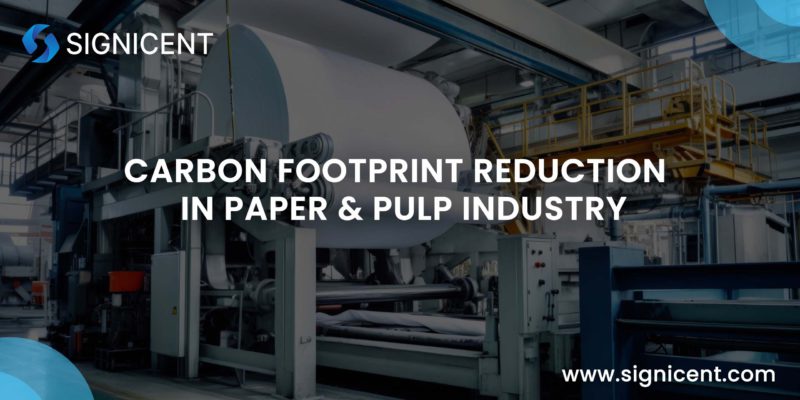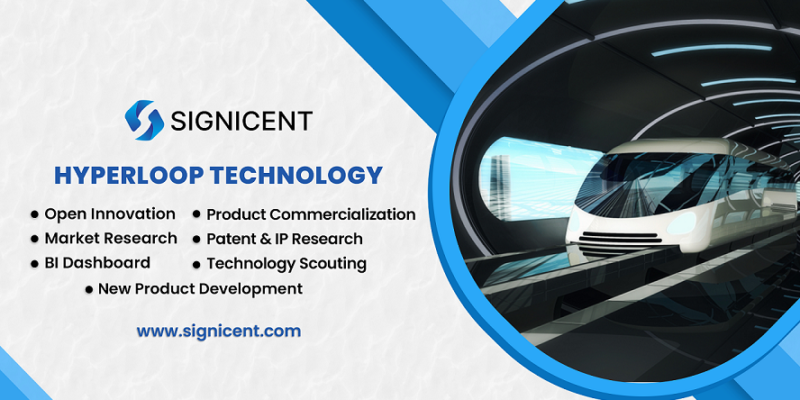Introduction:
In this era of environmental consciousness, industries worldwide are making efforts to minimize their carbon footprint. The paper and pulp industry, known for its significant environmental impact, is no exception. With growing concerns about deforestation and greenhouse gas emissions, there is an urgent need for innovative solutions to reduce carbon emissions. This blog explores the challenges faced by the paper and pulp industry in reducing its carbon footprint and the emerging solutions that offer a hope for a sustainable future.
The blog’s main goal is to shed light on the challenges faced by the paper and pulp industry in reducing its carbon footprint and to explore the innovative solutions being developed to address the challenges mentioned in the next section. By understanding Technology Intelligence – related solutions, stakeholders in the industry can work together to transition towards a more sustainable and environmentally friendly approach to paper and pulp production.
Challenges:
The paper and pulp industry faces several challenges in reducing its carbon footprint:
One of the primary challenges is the industry’s heavy dependence on fossil fuels for energy, leading to significant greenhouse gas emissions.
Basically, these are two types of emissions:
- Direct emissions that come from onsite boilers, equipment, wastewater treatment, paper transportation, recycled pulp de-inking, make-up carbonate treatment, and other sources.
- Indirect emissions that arise from the production of fossil fuels, waste disposal, electricity usage, and chemical manufacturing utilized in paper industries, among other factors.
The following are some of the factors influencing carbon emissions from the paper and pulp industry:
- Generally, the reasons behind carbon emissions are caused by energy-intensive processes, raw material acquisition, chemical utilization, waste handling, recycling endeavors, and other contributing factors.
- Carbon emissions are caused by equipment fuel usage (about 50%), paper drying (almost 25% energy consumption), wood extraction (around 10% emission), raw material transportation, loss of energy, and other parameters. (source: Signicent)
- The process of manufacturing paper emits pollutants such as NO2,SO2, and CO2, which cause climate change and global warming.
- Recycling lime-mud (CaCO3) generated in the pulp and paper industry demands substantial energy and results in notable CO2 emissions.
- In the paper and pulp industry, lime kilns convert (CaCO3) to Ca (OH)2, requiring substantial energy and chemicals which leads to CO2 emissions.
Additionally, the process of paper production itself contributes to deforestation and loss of biodiversity, further leading to environmental concerns.
Moreover, traditional paper production methods often result in high water consumption and pollution of water bodies, posing risks to aquatic ecosystems and human health.
Innovative Solutions:
Despite these challenges, there are promising solutions emerging to help the paper and pulp industry reduce its carbon footprint:
- One such solution is the adoption of renewable energy sources, such as solar and wind power, or sustainable fuels, such as hydrogen to replace fossil fuels in the production process.
- Some of the decarbonization technologies used in pulp production are steam cycle washing and impulse drying (ID), condebelt drying (CD), gas-fired dryers (GFD), dry sheet forming (DSF), and other emerging alternatives are used in paper production. These technologies aim to address energy-intensive solutions to reduce the carbon footprint associated with drying processes in the paper and pulp industry.
- An R&D center of Finland-based University introduced a bipolar membrane electrodialysis (BPED) technology solution for the separation of lime-mud (CaCO3) reaction with slaked lime (Ca (OH)2) in the paper industry.
- Chalmers University of Technology from Sweden developed an Electric Plasma Calcination Process that produces fewer pollutants and requires less energy than regular methods.
Using alternative materials and techniques, such as dry papermaking with various fibers and water-free processing of alternative fibers like hemp or bamboo, in addition to recycling, results in eco-friendly paper products that are less expensive and have a lower environmental impact, with no effluent emissions.
In the paper and pulp industry, demand is growing for technologies like AI, big data analytics, predictive ML and Industry IOT 4.0 to optimize work operations.
Each year Signicent provides consultancy to hundreds of organizations to help transform their innovations to value.
Industry Insights:
According to Signicent’s Market Intelligence, some of the companies that are working on manufacturing paper with minimal water usage to reduce energy consumption during the drying process are:
In Europe, some of the top companies are collaborating on a big R&D project that has already begun in 2023. The goal is to test a technology for superheated steam by 2026, with a 50% reduction in drying emissions. The companies being:
Some of the companies that are working on AI-driven projects for the paper and pulp industries to reduce costs, carbon emissions, and energy utilization are:
Conclusion:
By embracing renewable energy sources, adopting sustainable production practices, and investing in innovative technologies, the paper and pulp industry can transition toward a more sustainable future. Signicent’s active participation in Technology gap analysis is illustrated by its ongoing research and development efforts from key players and stakeholders, the paper and pulp industry can play a vital role in combating climate change and preserving the environment for future generations.
About Signicent LLP
We assist businesses globally in their technology innovations, R&D, new product development, patents, valuation, product commercialization & market research needs.
Services Offered:
- Technology Intelligence
- Market Research
- Patent Landscape
- Technology gap analysis
- Design Patent Search
- Portfolio Analysis
- Freedom to operate
- Bio Sequence Search
- Innovation pipeline identification
- Chemical Structure Search
- Patent Invalidity Search
- Manufacturers Search/ Supplier search
- Patent Licensing Services
Elevate your Innovation and Research with Signicent’s cutting edge approach to assist you with Technology and Market related matters alongside the IP aspect of the analysis.

